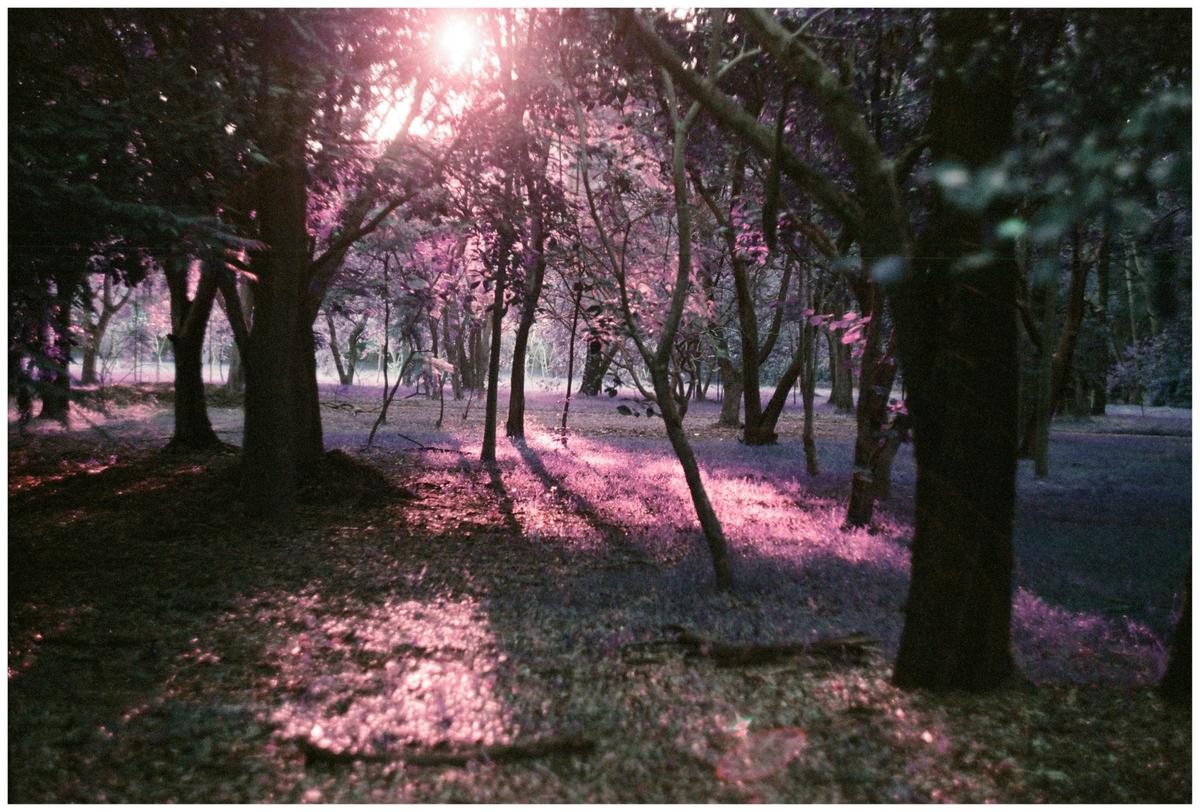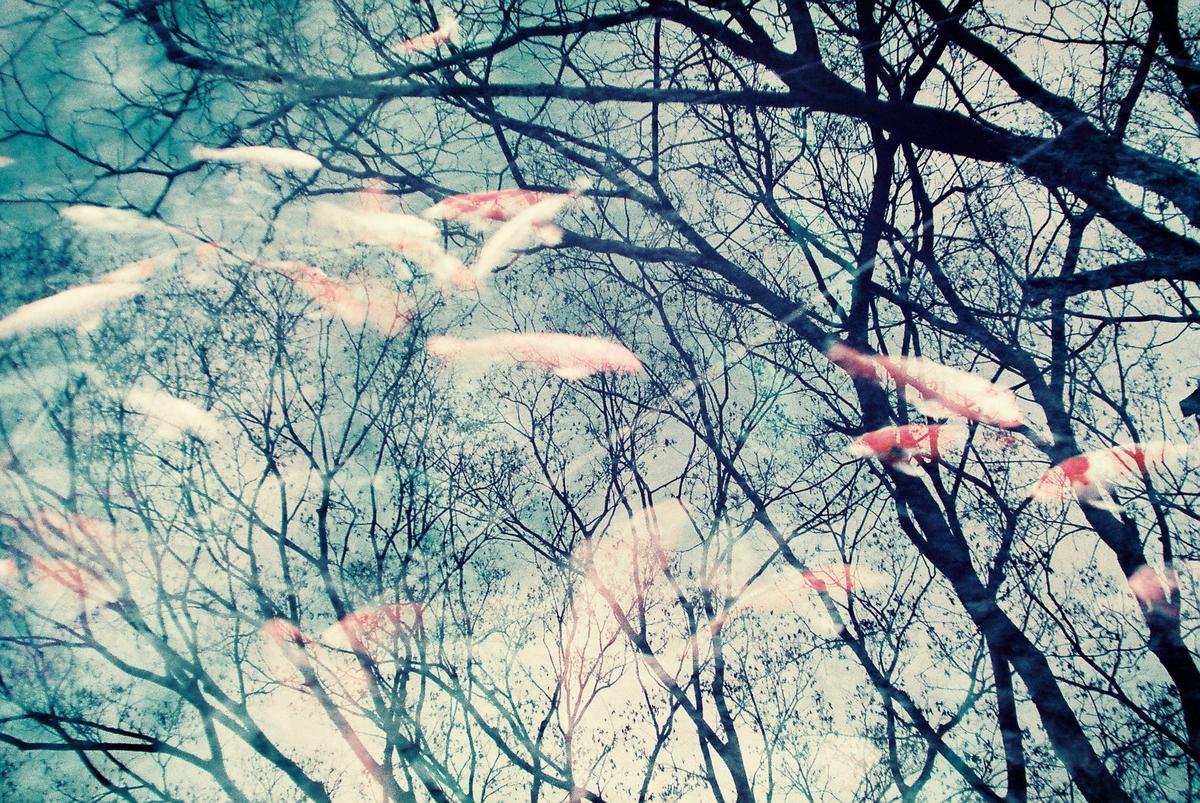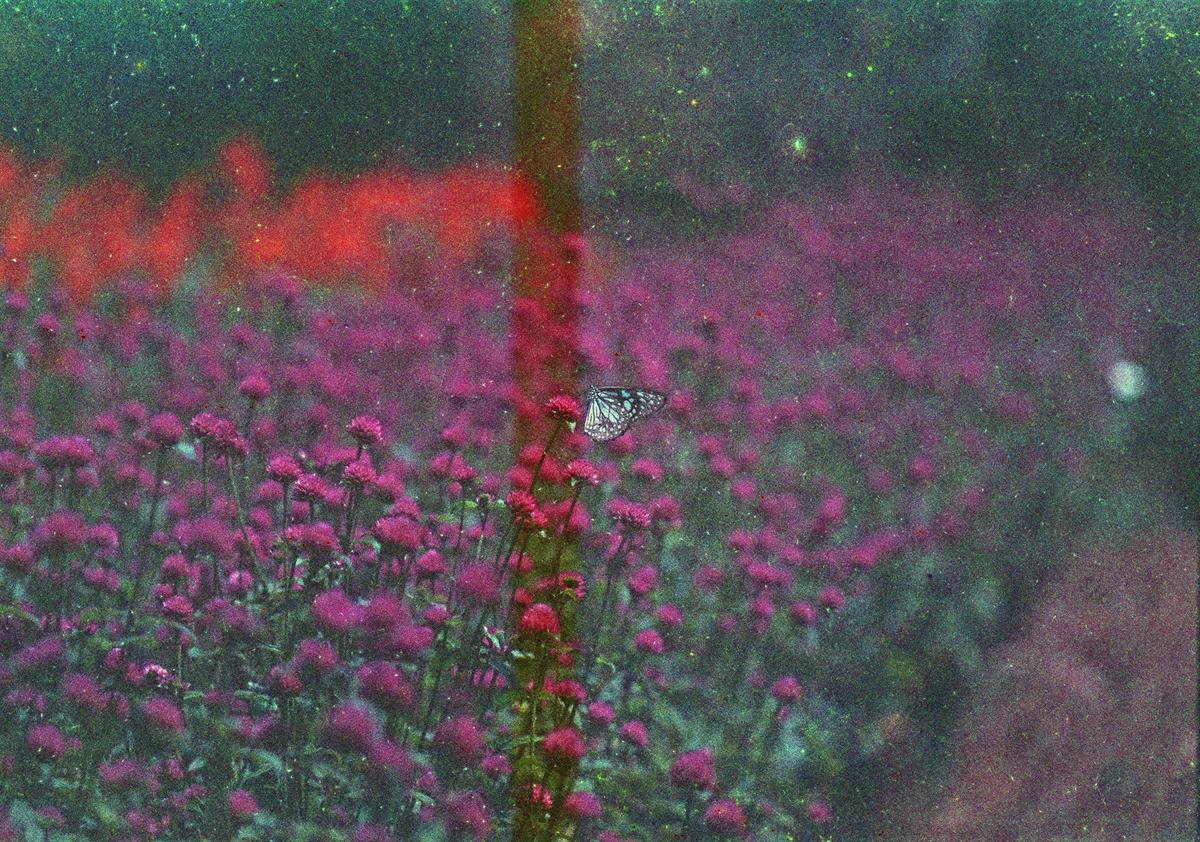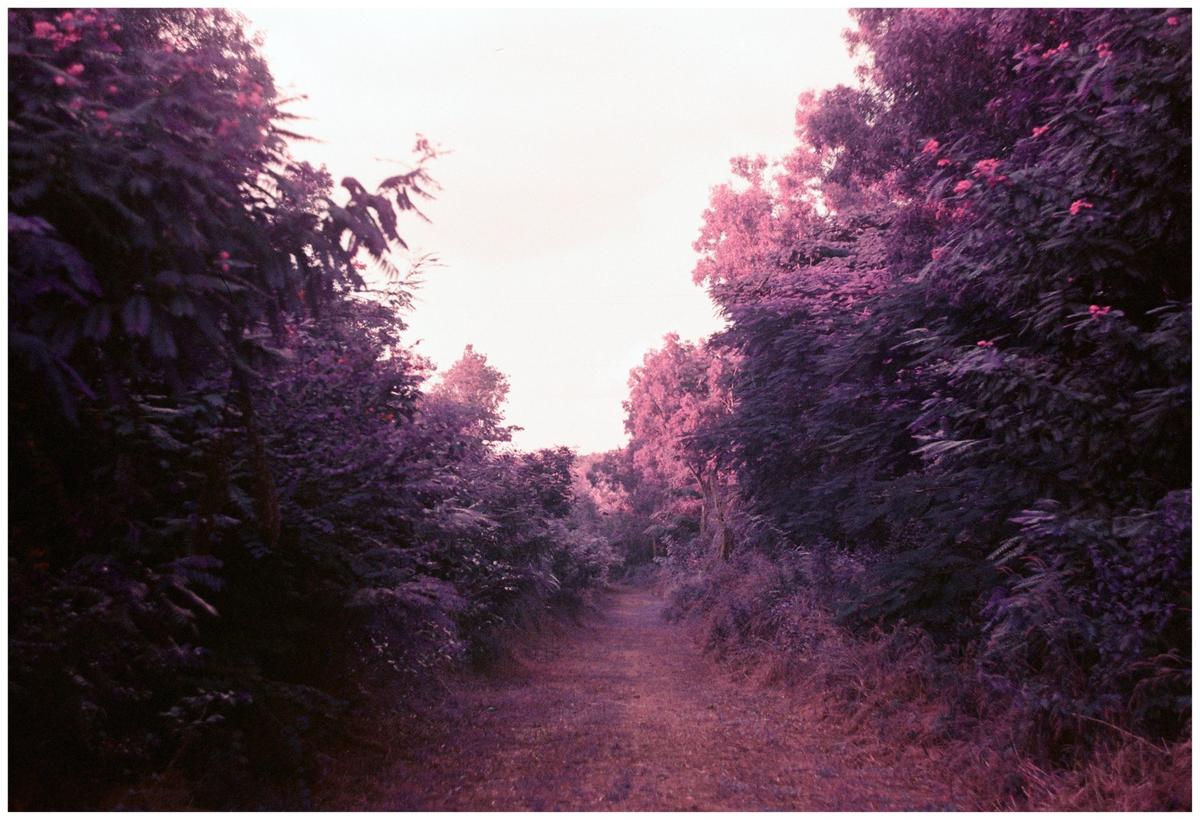Analog Rebels Lomography Champions Film Over AI Perfection
In an era where artificial intelligence pervades image creation, capturing a moment without technological intervention is increasingly rare. Features like autofocus and object removal are smoothing photos into a polished, almost artificial, reality.
Yet, film photography holds a timeless elegance, characterized by its quiet dignity, mellow color palettes, and soft light rendering. Those once-dismissed "imperfect" shots—blurred subjects, light leaks, and varied exposures—are now finding their moment.
The Rise of the Lomographers
Enter the Lomographers, a vibrant global community of film enthusiasts. They operate under a unique philosophy: "take your camera everywhere," "don’t think," "be fast," and "don’t worry about any rules." This approach yields spontaneous shots marked by unconventional compositions, dramatic light leaks, altered colors, striking vignettes, and motion blurs that might surprise conventional film photographers.
 A multiple exposure photo shot on Lomography’s Diana Mini toy camera. Photo Credit: Sahana Venugopal
A multiple exposure photo shot on Lomography’s Diana Mini toy camera. Photo Credit: Sahana Venugopal
Lomographers embrace film cameras with a sense of joy and adventurous freedom, a stark contrast to the meticulous, AI-driven world of smartphone and digital photography.
Vienna Calling The Birth of a Movement
Originating in Vienna in the 1990s, Lomography is more than just a company; it's an artistic movement. It champions a spontaneous style of analog photography, encouraging "Lomographers" to shoot freely and frequently replenish their film stock.
The company emerged from an effort by its Viennese founders to popularize the Russian LOMO LC-A camera, a remake of the Japanese Cosina CX-1. This initiative was a quiet success, uniting like-minded film photographers who cherished the peculiar visual effects the camera produced, even those that traditionalists might deem mistakes.
Today, Lomography offers a diverse range of products, from reusable disposable cameras and mini toy cameras to twin-lens reflex models and premium art lenses. They also produce a notable selection of film rolls. Many of their popular cameras are plastic remakes of classic cameras, making them accessible to 21st-century users who might not find or afford the originals.
Lomography's film rolls stand apart from standard offerings, providing bold colors and grain. One notable variant transforms scenes into dreamlike vistas of purple and teal.
 A sunny woodland shot with LomoChromePurple film. Photo Credit: Ruby Saha
A sunny woodland shot with LomoChromePurple film. Photo Credit: Ruby Saha
Crucially, Lomography’s cameras and films are designed for surprise, making photographers eagerly anticipate their developed pictures to see the unpredictable results of light and color.
Accessibility Versus Affordability
Despite Lomography's aim to make unique analog tools more available, the reality is that sustaining a film photography hobby can be costly, especially for enthusiasts in India. Camera prices start around $50 and can run into hundreds, excluding the ongoing expenses of film and development. For many in India, investing in a smartphone or an affordable DSLR might seem more practical. Some critics even accuse the company of upselling film rolls that legacy brands rejected due to manufacturing flaws.
However, Lomography remains confident in its strong community of active film photographers who experiment with various formats and devices beyond just special occasions.
"We have over a million community members from all around the world — across North America, Europe, and Asia," Lomography stated in response to The Hindu’s query. "To inspire them, we continuously innovate and release brand-new analogue photography products. Providing fresh creative tools to the film community is at the heart of our mission, and we’re committed to keeping analogue photography alive."
 A double exposure photo of fish and trees shot with LomoChromePurple. Photo Credit: Sahana Venugopal
A double exposure photo of fish and trees shot with LomoChromePurple. Photo Credit: Sahana Venugopal
In the past year, bestsellers included the LomoMatic 110 film camera, Lomo’Instant Wide Glass, Daylight Development Tank, DigitaLIZA scanning kits, LomoApparat, Art Lenses, and their unique LomoChrome film rolls. The company also hinted at more product launches soon.
India’s Growing Lomography Scene
Photography duo Chirantan Pramanik and Ruby Saha embraced analog cameras over a decade ago, inspired by friends and professional photographers. Today, Prabhu Photos studio on MG Road, which inspired them, now sells Lomography products.
"Over the years, the number of analog users has expanded drastically, and now there are more than 10 excellent analog stores and studios throughout India," Chirantan explained. "Most of the people who use analog media click photos as a hobby in excellent Lomographic style." He highlighted online analog photography groups with around 1,000 members, including professionals, and a supportive ecosystem involving 3D printing for custom gear, adapting lenses, and stylizing old cameras.
Ruby noted that it took time for fellow photographers to accept the modern, Lomographic approach. "Initially, we got a lot of schooling about our photography style! ... But, at present, I know at least 20 persons who have their modern style, and their photography style is very unique," she said.
 A busy butterfly shot with FujiSuperia200 film. Photo Credit: Chirantan Pramanik
A busy butterfly shot with FujiSuperia200 film. Photo Credit: Chirantan Pramanik
The Unmatched Charm of Film
The couple celebrates the creativity and freedom of film, a medium some smartphone users perceive as limiting. Chirantan enjoys experimenting with multiple exposures, long exposures, tilt-shift, red scale photography, and cross-processed images. Ruby is fond of Lomography’s films with subtle color distortions, particularly mentioning "purple chrome, which creates a purple forest!"
 A forest path shot with LomoChromePurple film. Photo Credit: Ruby Saha
A forest path shot with LomoChromePurple film. Photo Credit: Ruby Saha
While they also use digital cameras, film continually draws them back. Ruby explained that a film photographer’s choice of roll fundamentally shapes their approach. "To be honest, digital photography demands richness!" she said. "A new camera model is launched frequently with new features and promises. Then editing them takes forever... But with film photography, it is irreplaceable, and I know its potential. If I want to click a good sunset photo at the beach and carry a black and white film (bad choice!), instead, I would wait for someone wearing white breezy clothes or fur babies to come before my camera."
Chirantan, despite experimenting with blending digital and analog hardware, ultimately prefers film. "We started using DSLRs in 2011 and got bored pretty soon with the color and tones... then we started using the analog bodies with those lenses and were surprised to experience what we were searching for. We particularly enjoy the entire slow-paced process full of surprises and, of course, the imperfections, tone, and color produced in the analog medium," he shared.
"In these busy times, I feel content through film photography."


